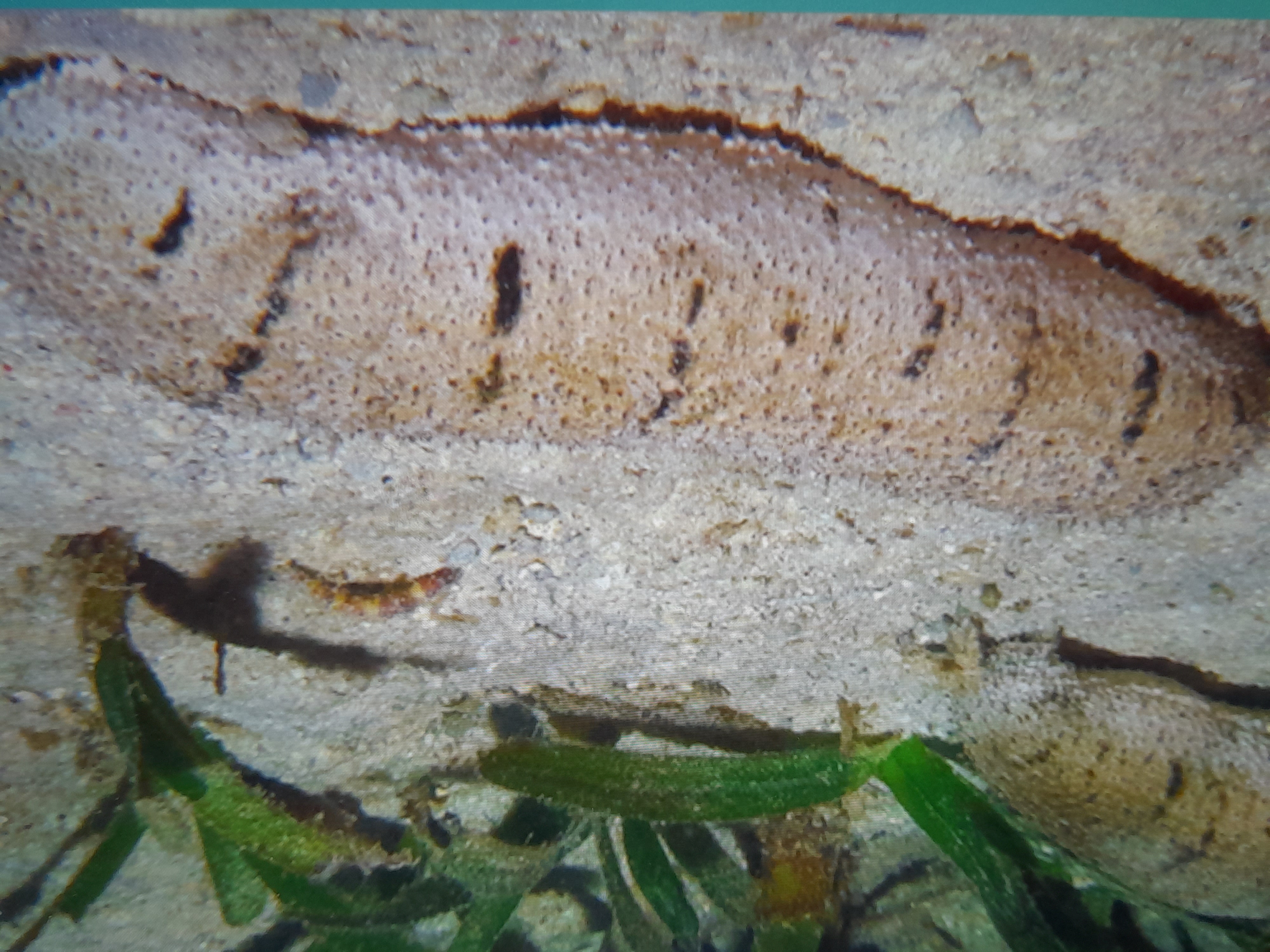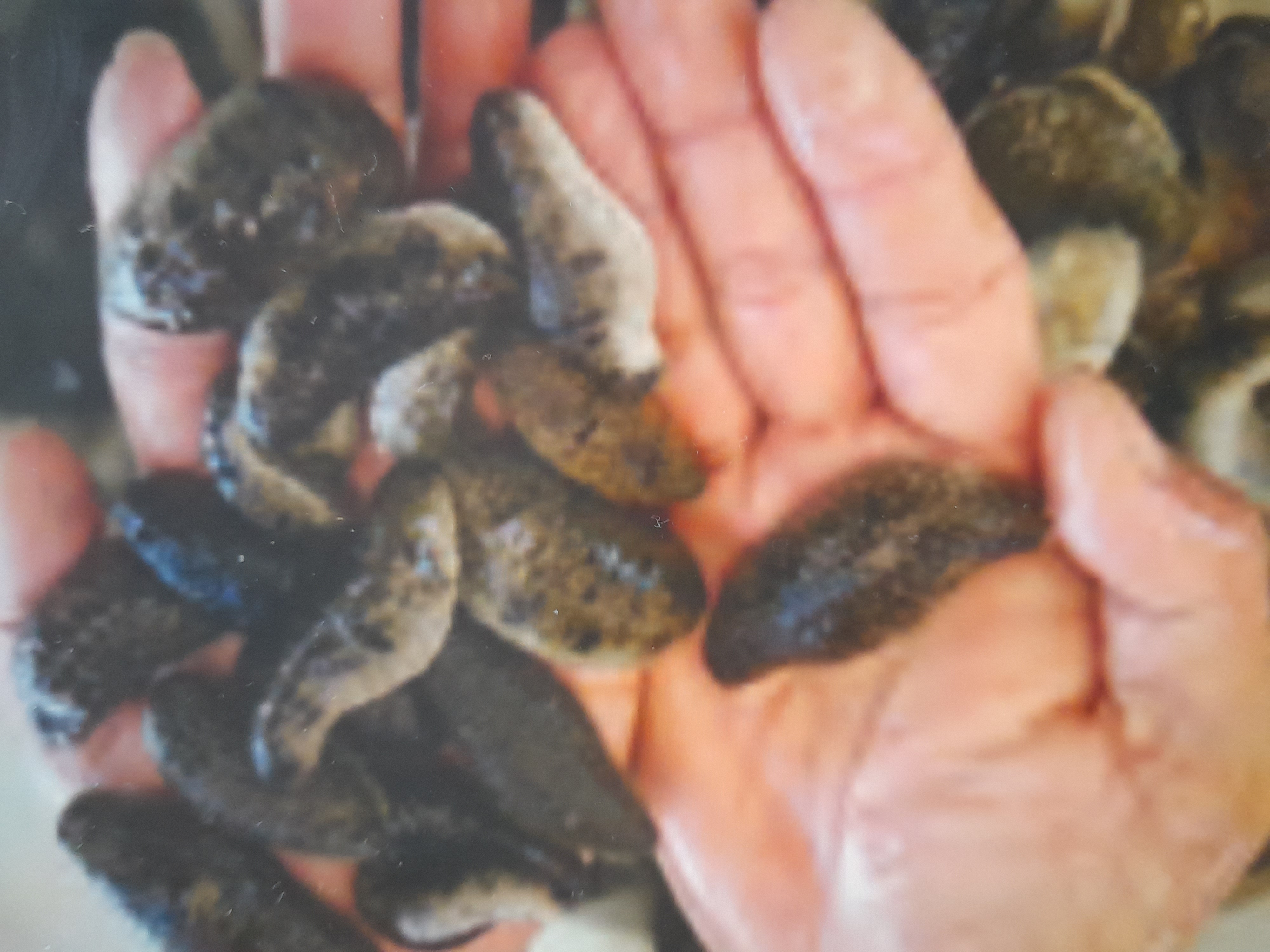By Dr. Rafael D. Guerrero III
Sea cucumbers are cucumber-shaped, bottom-dwelling marine invertebrates (echinoderms) known locally as “balat” and “balatan,” and as “trepang” and “beche de mer” in international trade.
There is a high demand for sea cucumbers in the local and international markets as food and sources of pharmaceuticals and nutraceuticals. High quality products can sell as much as US$1,600 per kilo in the global market estimated to have a size of US$1,179.16 million in 2021.
With its extensive coastal waters, the Philippines is the second largest producer of sea cucumbers harvested in the wild in Southeast Asia next to Indonesia. There are more than 100 species of the echinoderms in the country with around 40 species that are commercially important. Sea cucumbers are gathered at low tide by artisanal fishers for their food and livelihood. The species feed on the sediment in the bottom and subsist on algae, small animals, bacteria and organic matter.
There are 11 provinces in the country with 19 collection centers for sea cucumbers in Luzon, the Visayas and Mindanao. Zamboanga City (Zamboanga del Sur) and Puerto Princesa City (Palawan) are the largest suppliers of processed sea cucumbers that are exported to China, Japan, Korea and other countries.
Due to overharvesting, the populations of wild stocks of sea cucumbers are in the decline in our country. From more than 4,000 metric tons (MT) per year harvested in the 1970s and 1980s, the production has dropped to less than 1,000 MT per year in recent years.
To replenish depleted areas and enhance production of sea cucumbers, their breeding and sea farming (mariculture) can now be done. Technologies for the hatchery breeding and grow-out of one of the commercially important sea cucumbers known as “sandfish” (Holothuria scabra) have been developed.

The Southeast Asian Fisheries Development Center’s Aquaculture Department (SEAFDEC-AQD) in Tigbauan, Iloilo published a manual in 2018 on the hatchery production of “sandfish” juveniles. In the methodology, wild breeders are induced to spawn in tanks with “non-lethal thermal and food stimulation” and then returned back to the field.
The fertilized eggs are then hatched in nursery tanks with water temperature of 26-30 o C and salinity of 28-33 parts per thousand. After 30-45 days of development, early juveniles (4 g) are produced after passing through several larval stages which include the planktonic auricularia and the doliolaria which settle at the bottom. The juveniles are then grown to larger juveniles (10 g) in floating sea-based hapas (net enclosures) for another 1-2 months with feeding of cultured algae (Chaetoceros and Navicula).
From the nursery, the juveniles are then stocked in grow-out areas in pens or for sea ranching (stocking in the open sea without enclosures). The “sandfish” matures in about 10 months with a length of 16.8 centimeters and weight of more than 300 g. It can spawn throughout the year with peaks in April and December.
The Department of Agriculture’s Bureau of Fisheries and Aquatic Resources (DA-BFAR) Technology Outreach Station for Marine Waters (TOSMW) in Masinloc, Zambales has adopted the hatchery and nursery technologies for the “sandfish” developed by the SEAFDEC-AQD.
Researchers of the TOSMW) led by Marlon Alejandro stocked a 200-m 2 pen with 500 “sandfish” juveniles with an average weight of 50g and cultured them in April-December in 2014.
At harvest after eight months, the sea cucumber had a survival rate of 64%, average weight of 444g, average weight gain of 135g and growth rate of 52%. Along with the harvestable-sized sandfish,” there were 300 juveniles (3-5 cm long) that were harvested from the pen indicating that the species had spawned.
Aside from the pen culture of “sandfish” in suitable grow-out areas, the sea ranching of juveniles can also be done for stock enhancement as well as for farming. Margarita De La Torre-De La Cruz and co-workers of the Guiuan Development Foundation, Inc. assessed the social and ecological impacts of the sea ranching of “sandfish” juveniles produced by the DA-BFAR in Maliwaliw Island, Eastern Samar.
The hatchery-bred juveniles with an average weight of three grams were stocked in a five-hectare sea ranching area.

The results of the study showed that there was an increase in the by-catch of fishers that supplemented their incomes as well as an increase in the population of the “sandfish” in the area after four years of implementation of the juvenile restocking since 2013. The researchers noted, however, that there was poaching of the species in the sea ranching area by fishers from nearby communities. They recommended that regulated sea ranching be also introduced to the other communities and that regulations for controlled harvesting of harvestable-sized “sandfish” (300-400 g each in weight) after four to six months of culture should be enforced.
Photos courtesy of SEAFDEC-AQD and DA-BFAR TOSMW